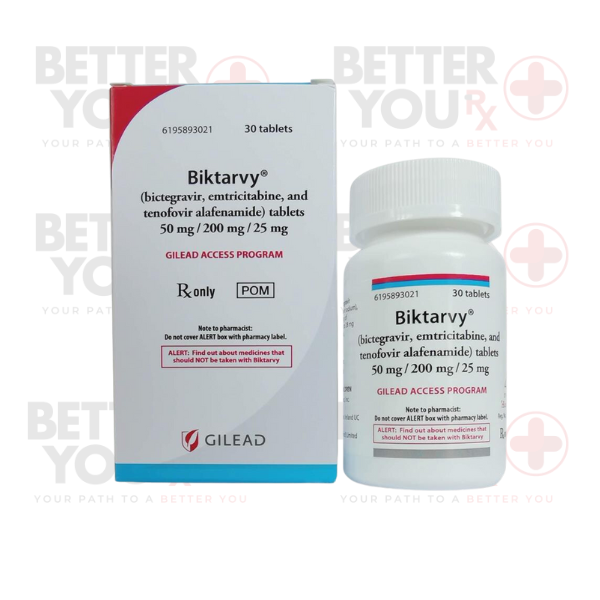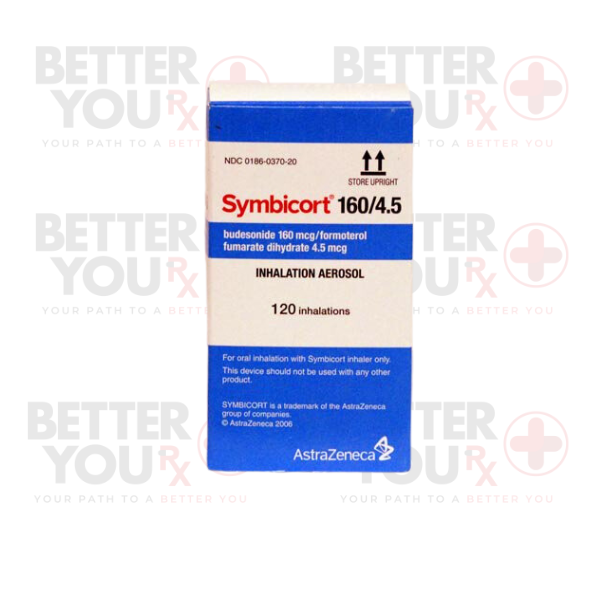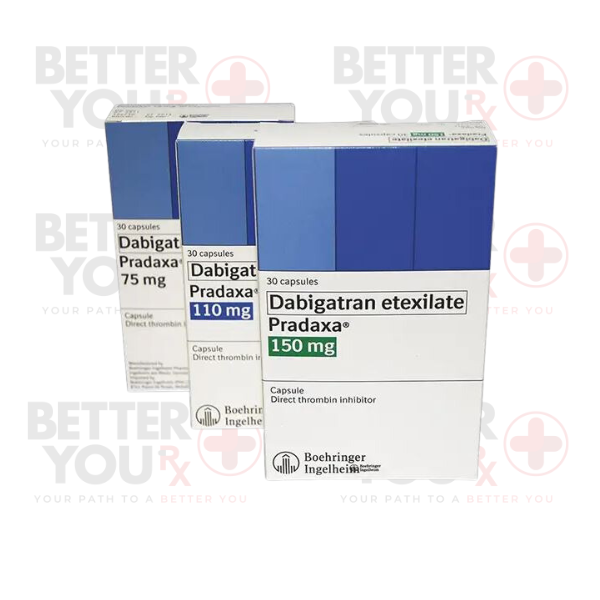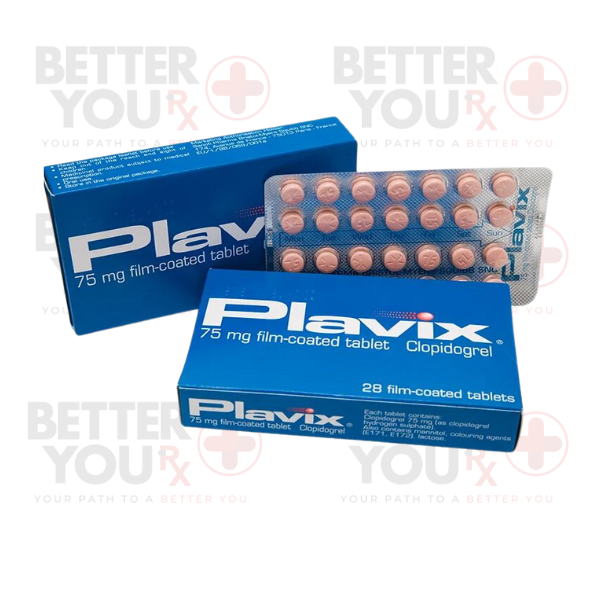| Usage |
Duloxetine is available as a delayed-release capsule, designed to release the medication in the intestine to prevent degradation by stomach acids, for oral consumption. The dosing regimen depends on the condition being treated:
• For depression: Usually taken once or twice daily, with or without food.
• For generalized anxiety disorder, diabetic neuropathy pain, fibromyalgia, or persistent bone or muscle pain: Typically taken once daily, with or without food.
It's essential to take Duloxetine consistently at approximately the same times daily. Adhere to the instructions on your prescription label carefully, and seek clarification from your doctor or pharmacist regarding any uncertainties. Take Duloxetine precisely as prescribed—do not alter the dosage, frequency, or duration without your doctor's guidance.
Ingest the delayed-release capsules whole; do not break, chew, or crush them. Avoid opening the delayed-release capsules or mixing their contents with liquids or food. Your doctor may initiate treatment with a low dose and incrementally raise it after one week.
Duloxetine can help manage your symptoms but won't provide a cure. It may take 1 to 4 weeks or more before the full therapeutic effects of Duloxetine become apparent. Continue taking Duloxetine even if you start to feel better, and refrain from discontinuing the medication without consulting your doctor. Your doctor will likely taper your dosage gradually when discontinuation is appropriate. Sudden cessation of Duloxetine could lead to withdrawal symptoms, including nausea, vomiting, diarrhea, anxiety, dizziness, fatigue, headaches, sensory disturbances in the hands or feet, irritability, sleep difficulties, sweating, and nightmares. Inform your doctor if you encounter any of these symptoms when your Duloxetine dose is being reduced.
|
| Side Effects |
Duloxetine may lead to side effects. Inform your doctor if any of these symptoms are severe or persist:
• Nausea
• Vomiting
• Constipation
• Diarrhea
• Heartburn
• Stomach pain
• Decreased appetite
• Dry mouth
• Increased urination
• Difficulty urinating
• Sweating or night sweats
• Dizziness
• Headache
• Tiredness
• Weakness
• Drowsiness
• Muscle pain or cramps
• Alterations in sexual desire or ability
• Involuntary shaking of a body part
Certain side effects can be serious. If you encounter any of the following side effects, or those specified in the IMPORTANT WARNING or SPECIAL PRECAUTIONS sections, contact your doctor immediately or seek emergency medical attention:
• Unusual bruising or bleeding
• Upper right stomach pain
• Abdominal swelling
• Itching
• Jaundice (yellowing of the skin or eyes)
• Dark-colored urine
• Loss of appetite
• Profound fatigue or weakness
• Confusion
• Flu-like symptoms
• Fever, sweating, confusion, rapid or irregular heartbeat, and severe muscle rigidity
• Fever
• Blisters or peeling skin
• Rash
• Hives
• Difficulty breathing or swallowing
• Enlargement or puffiness of the face, throat, tongue, lips, eyes, hands, feet, ankles, or lower legs.
• Hoarseness
Duloxetine may cause additional side effects. Reach out to your doctor if you experience any unusual issues while using this medication.
|
| Storage |
Store this medication in its original container, tightly sealed, and out of the reach of children. Keep it at room temperature and away from excessive heat and moisture (do not store it in the bathroom).
Unused medications should be disposed of using special methods to prevent accidental consumption by pets, children, or others. Do not flush this medication down the toilet. Instead, the preferred method of disposal is through a medicine take-back program. Consult your pharmacist or contact your local garbage/recycling department to inquire about take-back programs in your area.
It is crucial to safeguard all medications from children, as many containers, such as weekly pill organizers and those for eye drops, creams, patches, and inhalers, are not child-resistant and can be easily opened by young children. To prevent accidental poisoning, always secure safety caps and promptly store the medication in a secure location—preferably one that is elevated and inaccessible to children.
|
| Special Precaution |
Prior to using duloxetine, it is important to:
1. Inform your doctor and pharmacist about any allergies you have, including allergies to duloxetine, other medications, or any of the ingredients found in duloxetine delayed-release capsules. Request a list of these ingredients from your doctor or pharmacist.
2. Disclose the use of thioridazine or any monoamine oxidase (MAO) inhibitor within the past 14 days, such as isocarboxazid (Marplan), linezolid (Zyvox), methylene blue, phenelzine (Nardil), selegiline (Eldepryl, Emsam, Zelapar), and tranylcypromine (Parnate). Your doctor will likely advise against taking duloxetine under these circumstances. If you discontinue duloxetine, wait at least 5 days before starting an MAO inhibitor.
3. Share a list of all prescription and nonprescription medications, as well as any vitamins you are currently taking or intend to take. This should include anticoagulants (blood thinners) like warfarin (Coumadin, Jantoven), various antidepressants, antihistamines, aspirin, nonsteroidal anti-inflammatory drugs (NSAIDs), diuretics (water pills), sedatives, and other medications for conditions like high blood pressure, anxiety, mental illness, pain, and nausea. Lithium, proton pump inhibitors, quinolone antibiotics, and many other substances can also interact with duloxetine, so it's essential to provide your doctor with a comprehensive list of your medications.
4. Inform your doctor of any nutritional supplements and herbal products you are taking, particularly those containing St. John's wort or tryptophan.
5. Share your history of alcohol consumption or past use of street drugs or prescription medications. Additionally, report if you have ever had a heart attack, high blood pressure, seizures, coronary artery disease, or heart, liver, or kidney disease. If you have diabetes, discuss the severity of your condition with your doctor so they can assess the suitability of duloxetine for your treatment.
6. Inform your doctor if you are currently pregnant, especially if you are in the final months of your pregnancy or plan to become pregnant. If you become pregnant while using duloxetine, contact your doctor. Using duloxetine in the late stages of pregnancy can potentially lead to issues in newborns following delivery.
7. If you are scheduled for surgery, including dental procedures, inform your doctor or dentist about your use of duloxetine.
8. Be aware that duloxetine may cause drowsiness, and dizziness, or affect your judgment, thinking, or coordination. Until you are familiar with how this medication affects you, refrain from operating a vehicle or heavy machinery.
9. Consult your doctor regarding alcohol consumption while taking duloxetine. Alcohol can heighten the risk of severe side effects from duloxetine.
10. Recognize that duloxetine may induce dizziness, lightheadedness, and fainting when transitioning from a lying position to standing, particularly when starting the medication or adjusting the dose. To minimize this risk, rise from a lying position slowly and rest your feet on the floor for a few minutes before standing up.
11. Be aware that duloxetine may elevate blood pressure. It is advisable to have your blood pressure monitored before commencing treatment and regularly throughout your use of this medication.
12. Acknowledge that duloxetine may trigger angle-closure glaucoma, a condition marked by sudden blockage of fluid drainage from the eye, resulting in a rapid, severe increase in eye pressure that can lead to vision loss. Discuss with your doctor the importance of an eye examination before initiating duloxetine treatment. Should you experience nausea, eye pain, changes in vision like seeing colored rings around lights, and swelling or redness in or around the eye, promptly contact your doctor or seek emergency medical attention.
|
| Important Warning |
A limited number of individuals, including children, teenagers, and young adults (up to 24 years old), who participated in clinical trials involving antidepressants like duloxetine, experienced suicidal thoughts (contemplating self-harm or suicide) or made plans to harm themselves, or attempted to do so. Among children, teenagers, and young adults taking antidepressants for depression or other mental disorders, the risk of experiencing such thoughts or behaviors may be higher compared to those not using antidepressants for these conditions. Nevertheless, experts are uncertain about the extent of this risk and how it should factor into the decision-making process for prescribing antidepressants to children or teenagers.
Typically, children under 18 years old are not prescribed duloxetine. However, there may be situations where a doctor determines that duloxetine is the most suitable treatment for a child's condition. It's essential to recognize that taking duloxetine or other antidepressants can lead to unexpected alterations in mental well-being, even for adults aged 24 and older. These changes may manifest even in the absence of a preexisting mental disorder when duloxetine is used to address different conditions. Suicidal thoughts may emerge, especially at the initiation of treatment or when dosage adjustments are made.
If you, your family, or your caregiver observe any of the following symptoms, it is crucial to contact your doctor promptly: the onset or worsening of depression, thoughts of self-harm or suicide, or plans or attempts to harm yourself; heightened anxiety; restlessness; panic attacks; difficulties falling or staying asleep; aggressive or hostile behavior; irritability; impulsive actions; severe restlessness; excessive, frenetic excitement; or any other unusual behavioral shifts. It is imperative that your family or caregiver checks on you daily and is aware of which symptoms should be regarded as serious, enabling them to reach out to the doctor if you are unable to seek assistance independently.
Your healthcare provider will want to schedule frequent follow-up appointments, particularly during the initial stages of duloxetine treatment. It is essential to uphold all scheduled office visits with your doctor. Irrespective of your age, prior to initiating antidepressant therapy, you, your parent, or your caregiver should engage in a conversation with your doctor regarding the advantages and disadvantages of treating your condition with an antidepressant compared to alternative treatments. Additionally, it is essential to weigh the risks and benefits of not treating your condition. You should be aware that experiencing depression or another mental disorder substantially heightens the likelihood of developing suicidal tendencies. This risk is greater if you or any family member has a history of bipolar disorder (cycles between depressive and abnormally elevated moods), mania (intense, abnormally elevated mood), depression, or has contemplated or attempted suicide. Discuss your condition, and symptoms, as well as your personal and familial medical history with your doctor. Together, you and your doctor will decide on the most appropriate treatment course for your circumstances.
|










Reviews
There are no reviews yet.